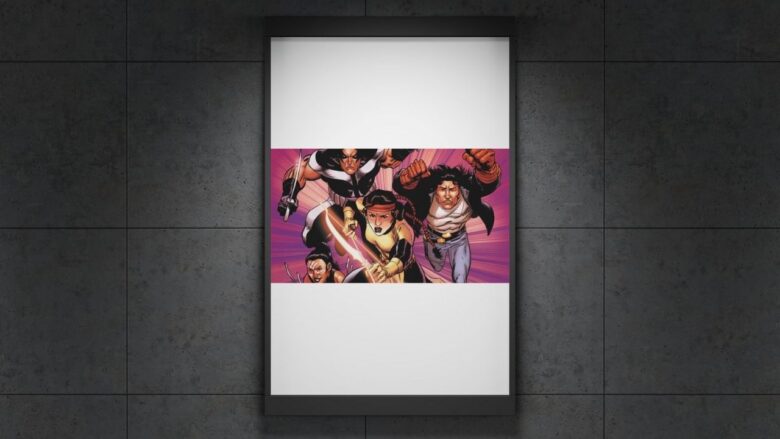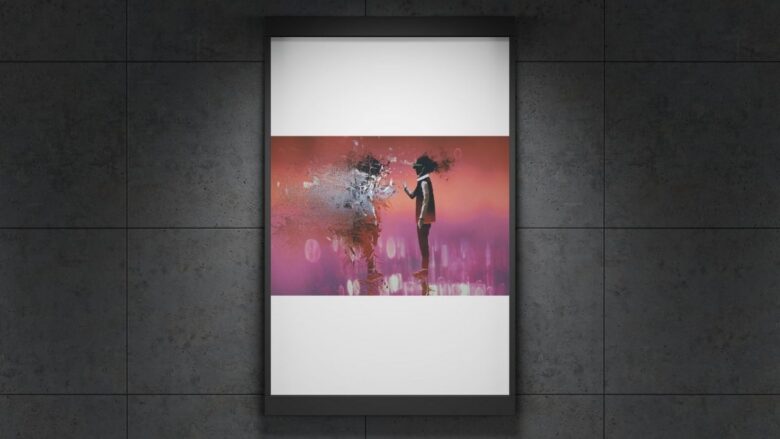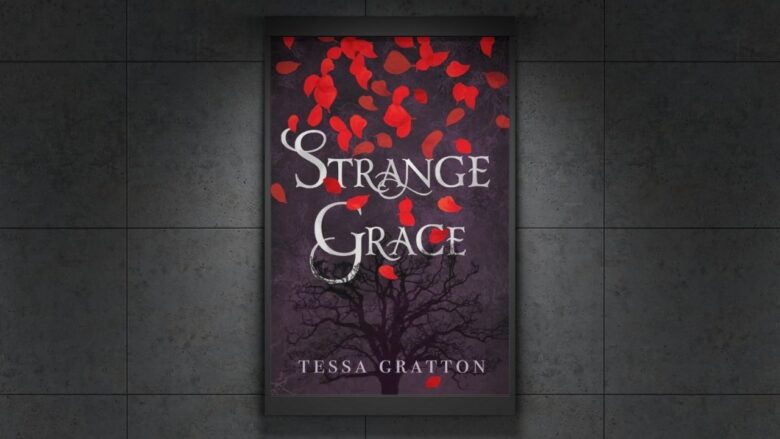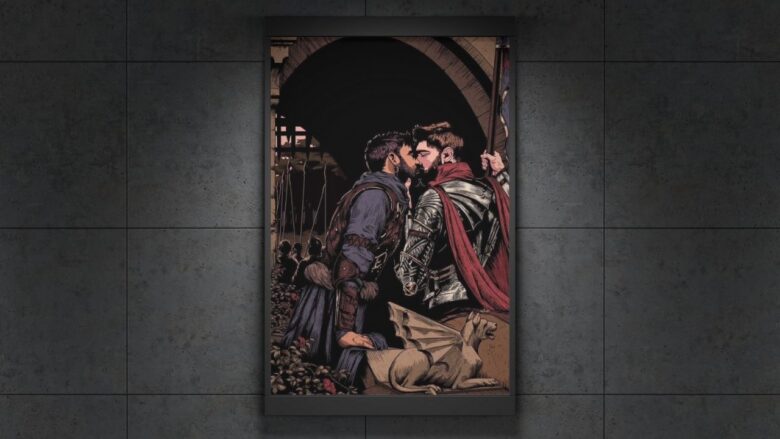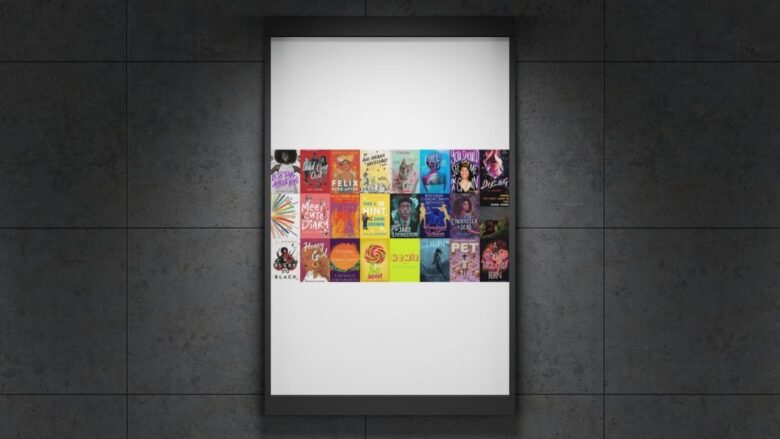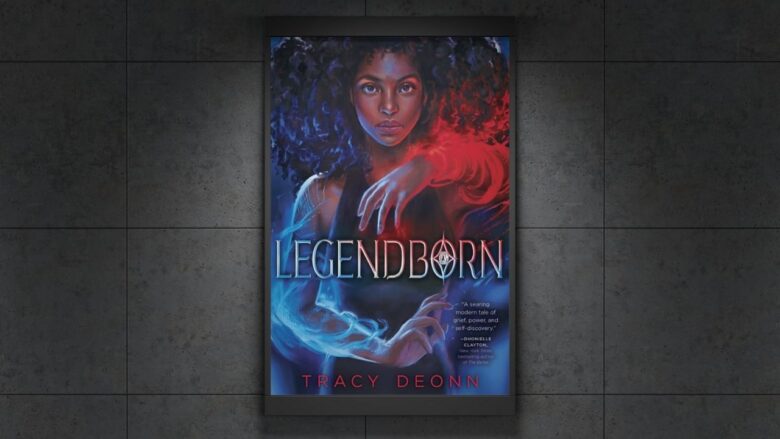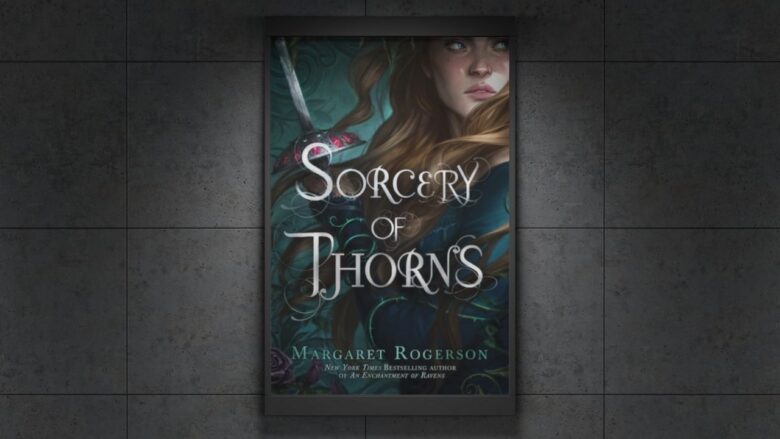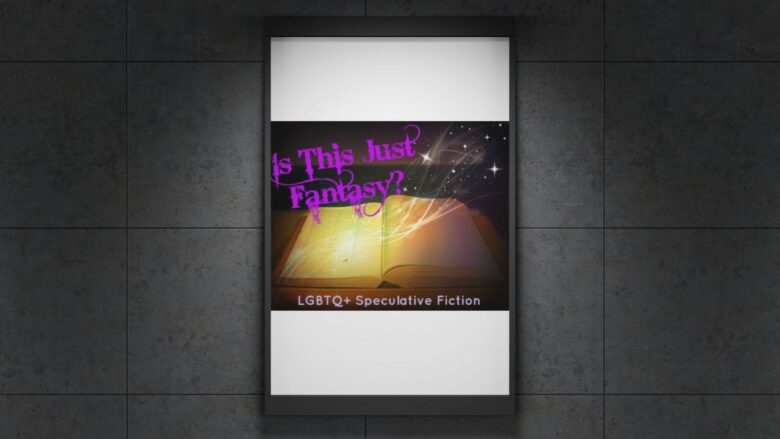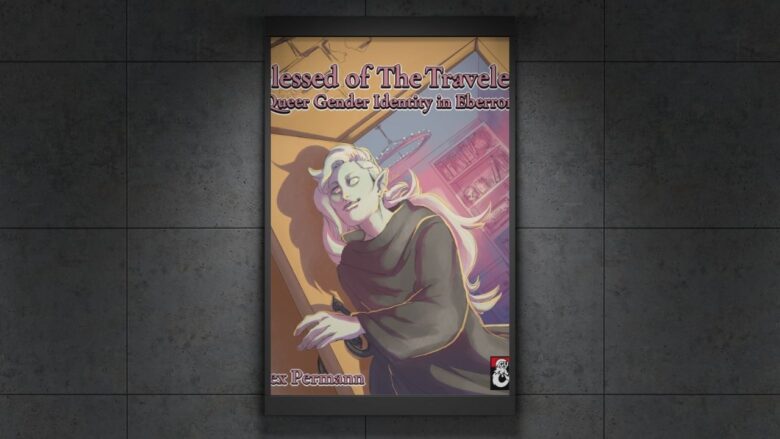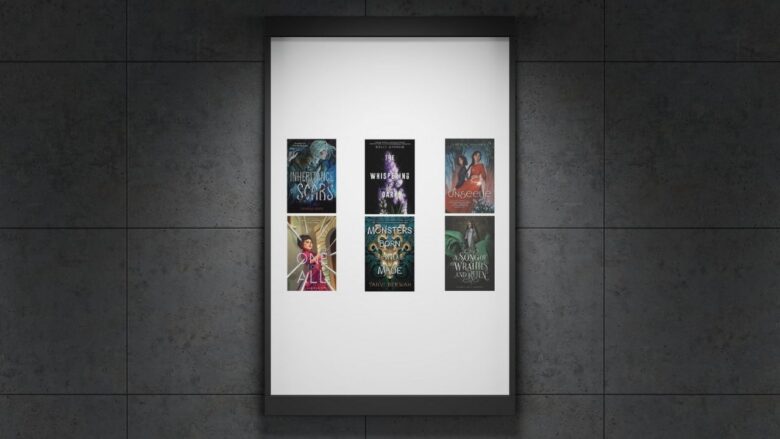Fantasy literature has long been celebrated for its ability to imagine new worlds and diverse cultures. However, despite its creative potential, the genre has often fallen short in representing the full spectrum of identities, particularly those at the intersection of marginalized communities. Indigenous LGBTQIA+ characters remain significantly underrepresented in fantasy, a gap that reflects broader …
For generations, fantasy literature has offered readers a doorway into distant realms—worlds filled with dragons, magic, ancient prophecies, and impossible quests. Traditionally, fantasy has been seen as a form of escapism, a genre that whisks us away from the mundane realities of life and immerses us in the extraordinary. However, behind the magic and mythical …
Polyamory, the practice or acceptance of engaging in multiple consensual and ethical romantic relationships, is an important aspect of many LGBTQIA+ narratives. It challenges mononormative assumptions and offers space for expansive, fluid understandings of love, connection, and commitment. In literature—especially fantasy—polyamorous dynamics are not just romantic subplots but windows into how characters build trust, navigate …
Fantasy is a genre that has captivated readers for centuries, offering immersive worlds where magic, adventure, and myth intertwine. Its enduring appeal lies in the ability to transport us beyond the boundaries of reality into richly imagined settings where anything is possible. Among these worlds, those set in ancient or medieval times hold a special …
In fantasy literature, love and romance have long followed a familiar path: the knight falls for the princess, soulmates are fated by destiny, and happily-ever-afters come in the form of heterosexual monogamy. These tropes—while comforting to some—often rely on predictable patterns that leave little room for nuance, diversity, or alternative expressions of love. However, a …
Fantasy literature has always been a realm of endless possibility—where magic bends the rules of reality and love can outlast even death. Among its most compelling themes are reincarnation, destiny, and LGBTQIA+ romance—elements that, when woven together, create some of the most emotionally resonant stories in modern fiction. These themes speak to something deeply human: …
In recent years, LGBTQIA+ representation in fantasy literature has grown significantly, reflecting a broader cultural shift toward inclusivity and diversity. Fantasy worlds, once dominated by traditional narratives and heteronormative characters, are now embracing complex, authentic LGBTQIA+ stories that resonate with readers from all backgrounds. This change not only enriches the genre but also creates spaces …
Queer history refers to the lived experiences, cultural movements, and political struggles of LGBTQIA+ communities throughout time. It includes both the triumphs and the erasures that have shaped how queer people are remembered—or forgotten—within dominant historical narratives. Fantasy worldbuilding, on the other hand, is the process by which authors and creators construct immersive, often imaginary …
The power of transformation has always been at the heart of fantasy—but what happens when shapeshifting becomes a metaphor for queerness and self-discovery? Fantasy literature thrives on change. From characters who cross realms to those who gain magical powers, the genre is built around metamorphosis—of the self, the world, and everything in between. Shapeshifting, in …
Diversity in literature is more than just a buzzword—it’s a vital element in creating stories that resonate with all readers. The world is rich with different experiences, identities, and perspectives, and literature should reflect that. In fantasy fiction, where the bounds of reality are stretched and new worlds are created, diversity becomes even more important. …

